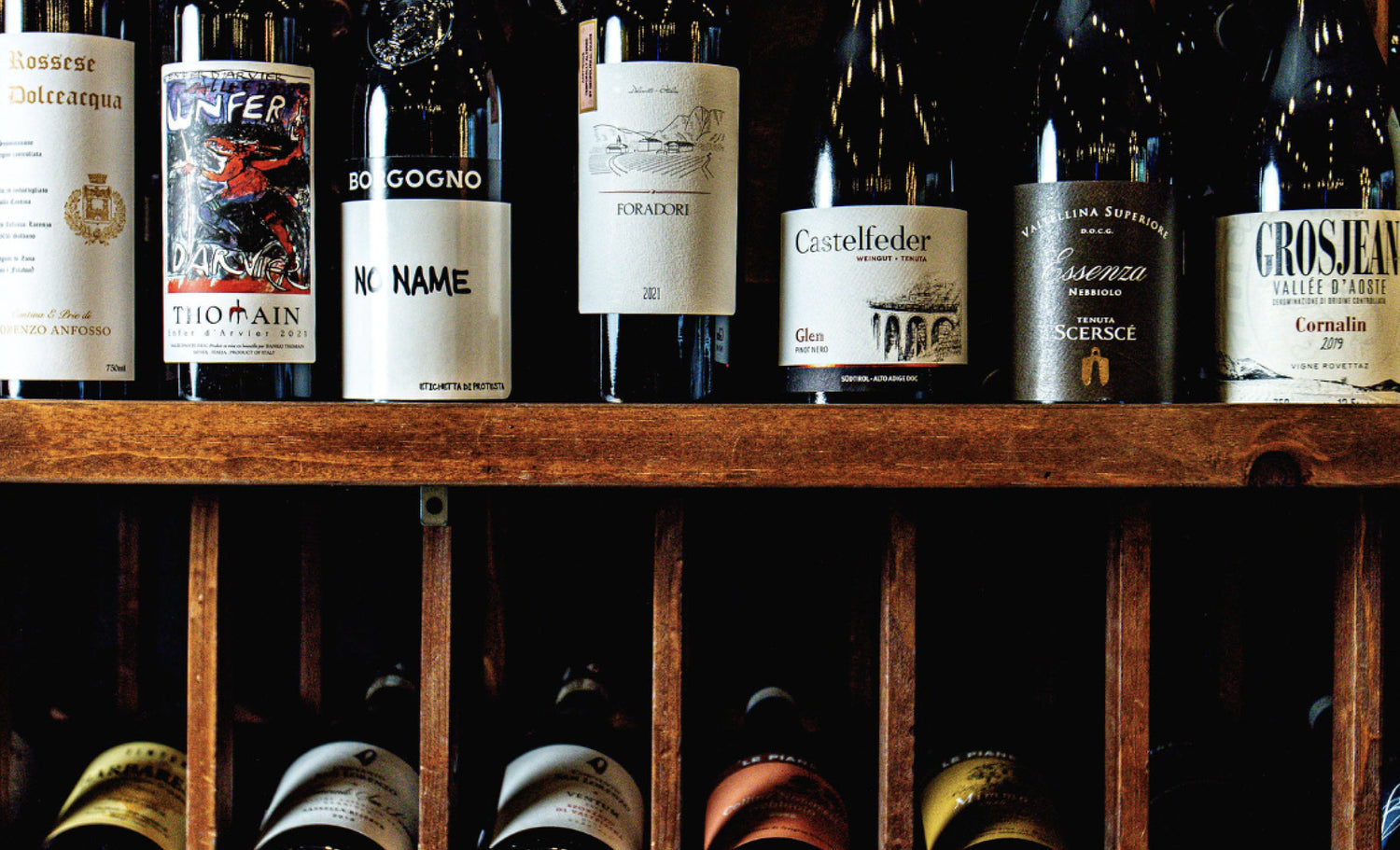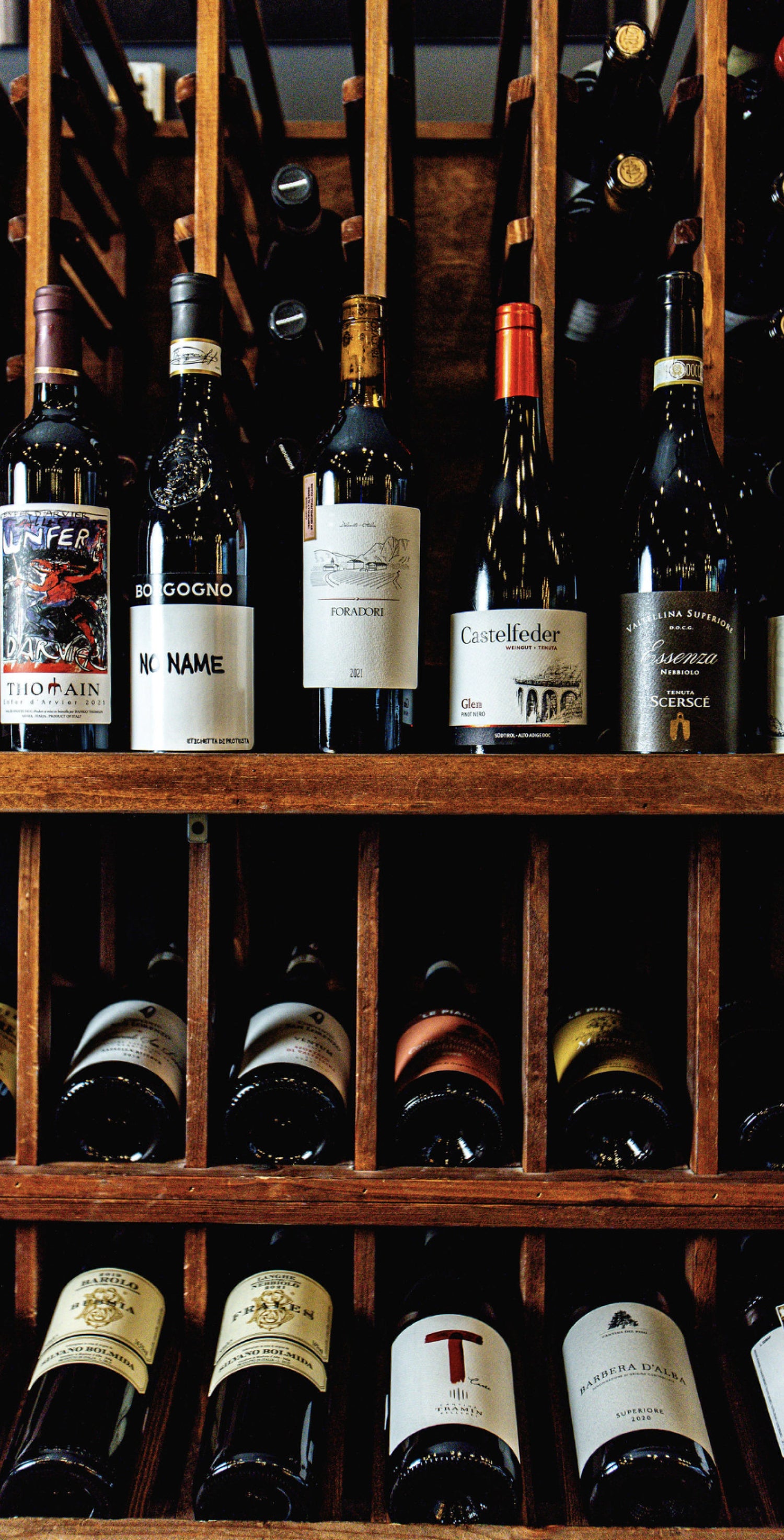Dinner party
Salmon: Three Wines + Three Ways
Building momentum in the Kitchen and in the Cellar can be the very best thing for your skills and, as importantly, your feelings about them. Part Two: Salmon.

This Bandol Rosé from Pradeaux is perhaps the most serious wine in this category. Robust, rich, and complex with an ability to age gracefully, this wine is based on Cinsault (50%) and Mourvèdre (50%), the younger vines of the domaine (average age: 25 years) are utilized to produce a rare rosé with staying power and exceptional complexity we love paired with Sushi, Spicy Beef Takeout, and BBQ Pork Ribs. This is not Pradeaux's most expensive rosé or fanciest expression, but it is our favorite!
Curious about what's on OUR Table? Have it on your doorstep EVERY MONTH!
Learn more here about our wine clubs
 Spicy Foods
Spicy Foods
 Grilled Foods
Grilled Foods
 Smoked Foods
Smoked Foods
Place your order online for same-day pick up in-store.
For all orders over $50, we offer free local delivery within a 10 mile radius of each respective Shop in Morris and West Hartford.
We ship wine to many states. UPS Ground is our preferred third party carrier.

BOTTLE by BOTTLE
Small production and careful craft: wine tastes better when someone has made it just for you.
From grape to glass, mindful farming and work in the vineyard that is good for the bees and good for the trees is everything. We make sure it’s ‘made-the-right-way' so you can sit back and indulge.
What matters most is how delicious your Table can be. Fancy or just plain fun, our collection of the everyday to the extraordinary promises a special night ahead.
It feels good to be 'stocked up.' Discover, each month, what is on our Table with these hand-picked selections shipped right to you. Exclusives, must-haves, and more.


In GOOD TASTE
Our stories and work in the Kitchen, on the Wine Route, and in the Cellar: explore to see how we make it delicious.
WISE with AGE?